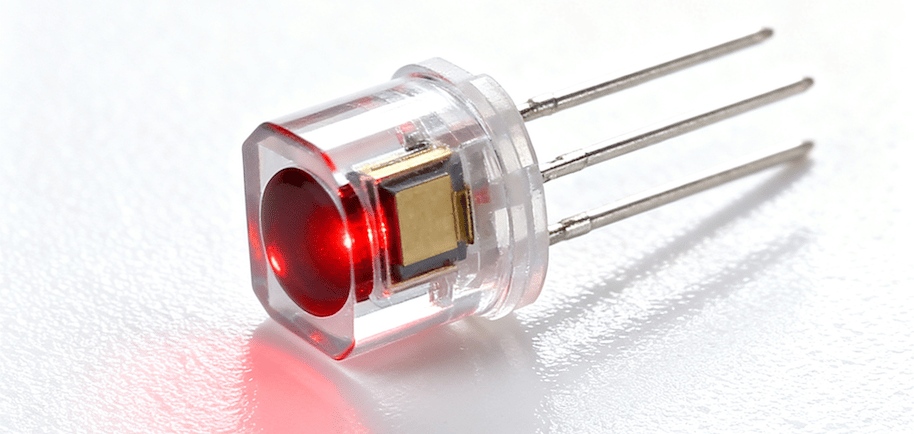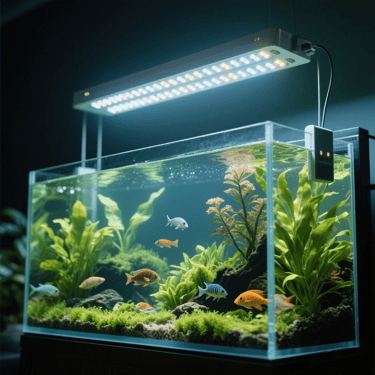Expanding Application Fields of LED Infrared Beads
10/23/20252 min read


5. Localization Substitution: Enhancing the domestic production technology level of LED infrared beads, reducing dependence on imports, and achieving localization substitution. As an efficient and energy-saving light source, LED infrared beads have broad application prospects in various fields. With continuous technological advancements, the performance and application scope of LED infrared beads will be further enhanced, bringing more convenience to human life.
As an efficient and energy-saving light source, LED infrared beads play a significant role in modern lighting and security fields. With the continuous advancement of technology, the performance and application scope of LED infrared beads are also expanding. This article will provide a detailed introduction to LED infrared beads, covering their fundamental principles, production processes, application fields, and development trends.
I. Fundamental Principles of LED Infrared Beads
LED infrared beads are devices that convert electrical energy into light energy through the action of an electric field on semiconductor materials. The fundamental principles are as follows:
1. Semiconductor Materials: LED infrared beads typically use semiconductor materials such as gallium arsenide (GaAs) and indium phosphide (InP), which offer high photoelectric conversion efficiency.
2. P-N Junction: A P-N junction is formed by combining P-type and N-type semiconductors. When current passes through the P-N junction, electrons and holes recombine in the junction region, generating photons.
3. Infrared Spectrum: The spectrum of LED infrared beads is mainly concentrated in the infrared band, with wavelengths generally ranging from 700nm to 2500nm.
4. Luminous Efficiency: LED infrared beads have high luminous efficiency, exceeding 20%, which is far superior to traditional infrared light sources.
II. Production Process of LED Infrared Beads
The production process of LED infrared beads mainly includes the following steps:
1. Raw Material Preparation: High-quality semiconductor materials, such as gallium arsenide and indium phosphide, are selected and processed through purification and synthesis to produce semiconductor crystals.
2. Crystal Growth: Epitaxial growth technology is used to grow semiconductor crystals into thin sheets of the required size and shape.
3. Slicing: The grown crystal thin sheets are cut to obtain the desired dimensions and shapes.
4. Welding: The cut thin sheets are welded to metal electrodes to form LED infrared beads.
5. Encapsulation: The welded LED infrared beads are encapsulated to protect their internal structure and enhance their stability and lifespan.
6. Performance Testing: The encapsulated LED infrared beads undergo performance testing to ensure they meet standard requirements.
III. Application Fields of LED Infrared Beads
LED infrared beads, with their small size, long lifespan, and fast response speed, are widely used in the following fields:
1. Lighting: LED infrared beads can be used for infrared lighting, such as infrared detection lights and infrared cameras.
2. Security: LED infrared beads are widely applied in the security field, including infrared surveillance cameras and infrared alarms.
3. Medical Field: LED infrared beads can be used for infrared therapy, such as infrared physiotherapy lamps and infrared treatment devices.
4. Communication: LED infrared beads are used in infrared communication, such as infrared remote controls and infrared data transmission.
5. Environmental Protection: With their energy-saving and environmentally friendly characteristics, LED infrared beads can be used in environmental monitoring and energy management.
IV. Development Trends of LED Infrared Beads
With the continuous development of technology, LED infrared beads are expected to exhibit the following trends in the future:
1. High Efficiency and Energy Savings: Improving the photoelectric conversion efficiency of LED infrared beads, reducing energy consumption, and achieving green lighting.
2. Miniaturization and Integration: Reducing the size of LED infrared beads and achieving integrated designs to enhance application flexibility.
3. Intelligentization: Integrating technologies such as the Internet of Things and big data to enable intelligent control of LED infrared beads and improve application effectiveness.
4. Diversified Applications: Expanding the application fields of LED infrared beads, such as in medicine, agriculture, and industry.




Luxey Lighting
Premium LED solutions for every application.
Contact
Service
© 2025. All rights reserved.
+86 189 2289 6631
Rm 2-7A, Building 6, Dongfangzunyu, Luohu district, Shenzhen City, Guangdong Province, China
